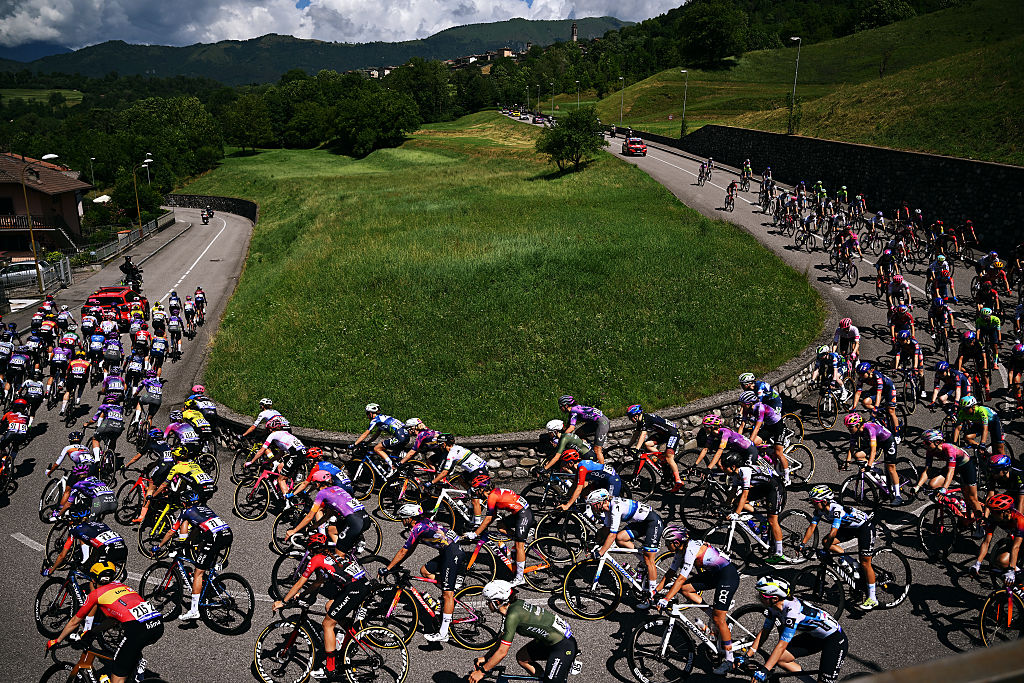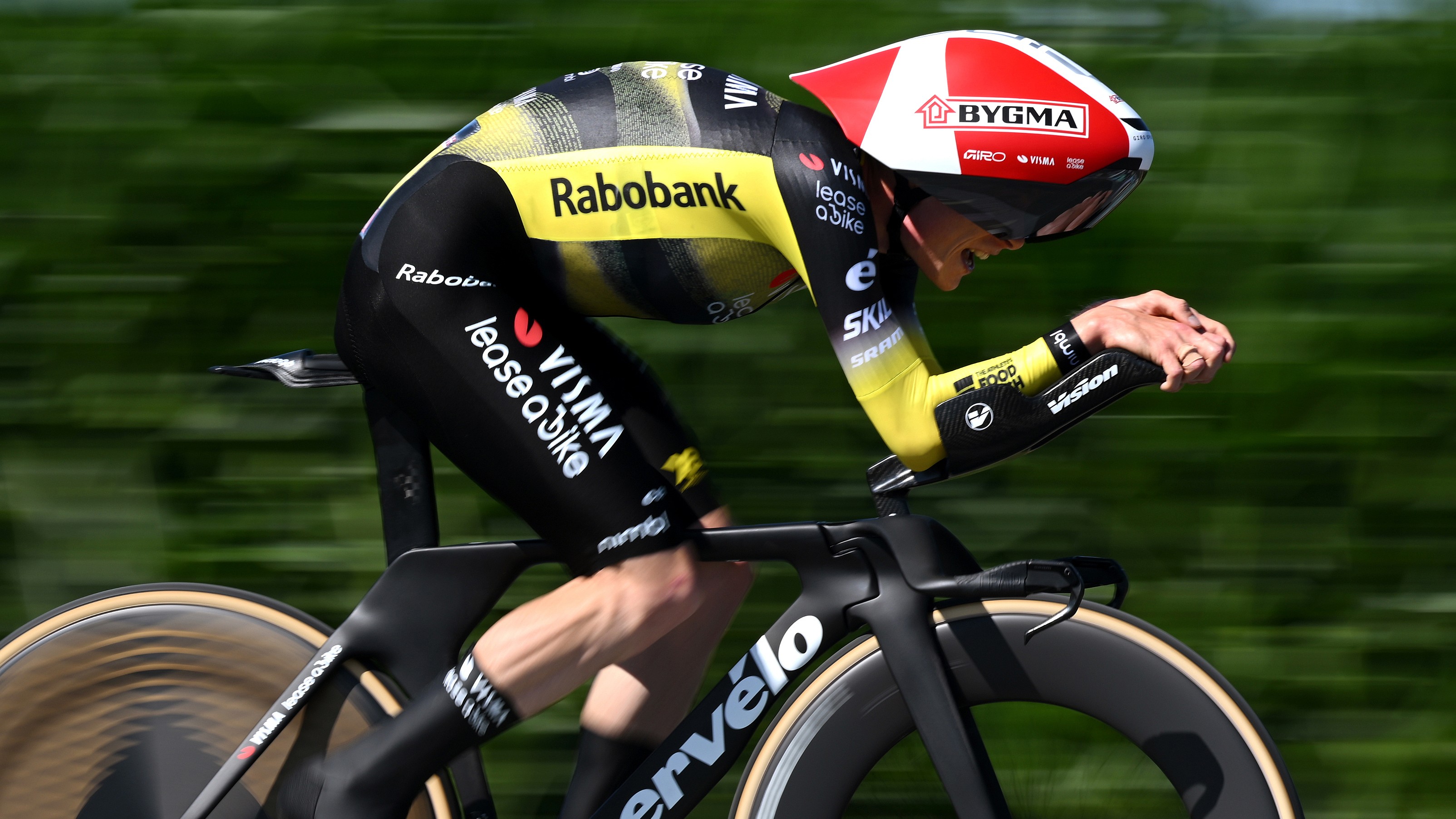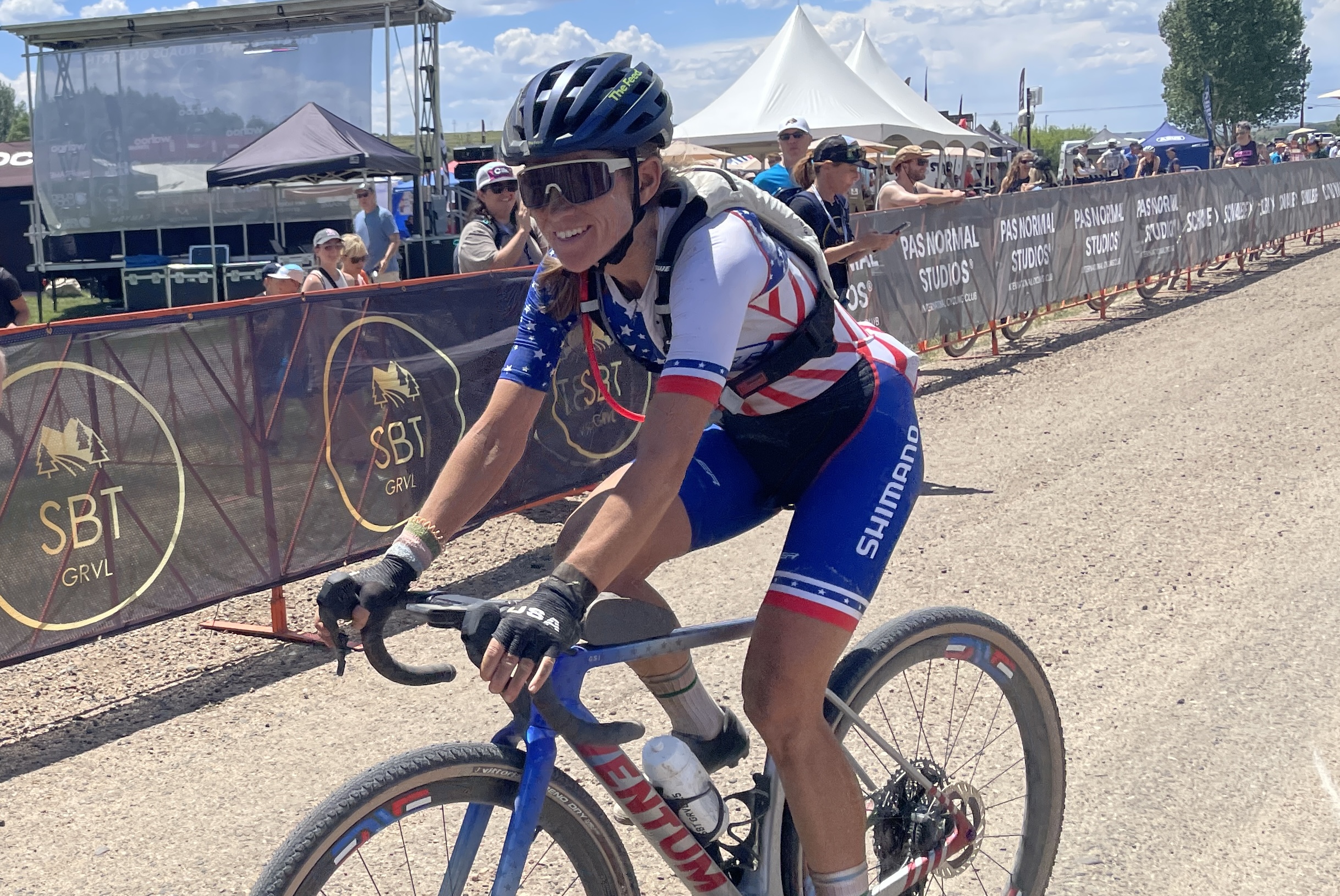Paris-Roubaix 2018 - Preview
Sagan, Van Avermaet set to challenge Quick-Step Floors

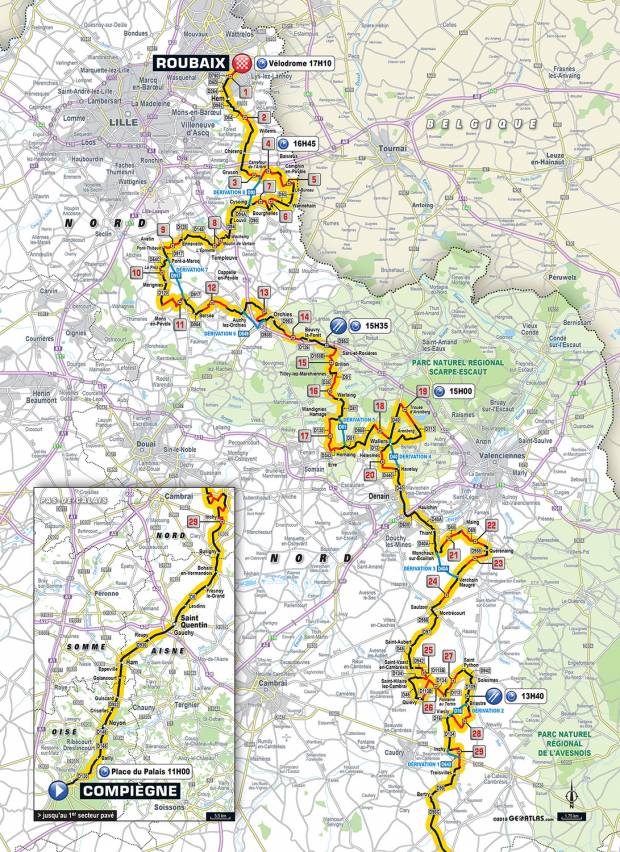
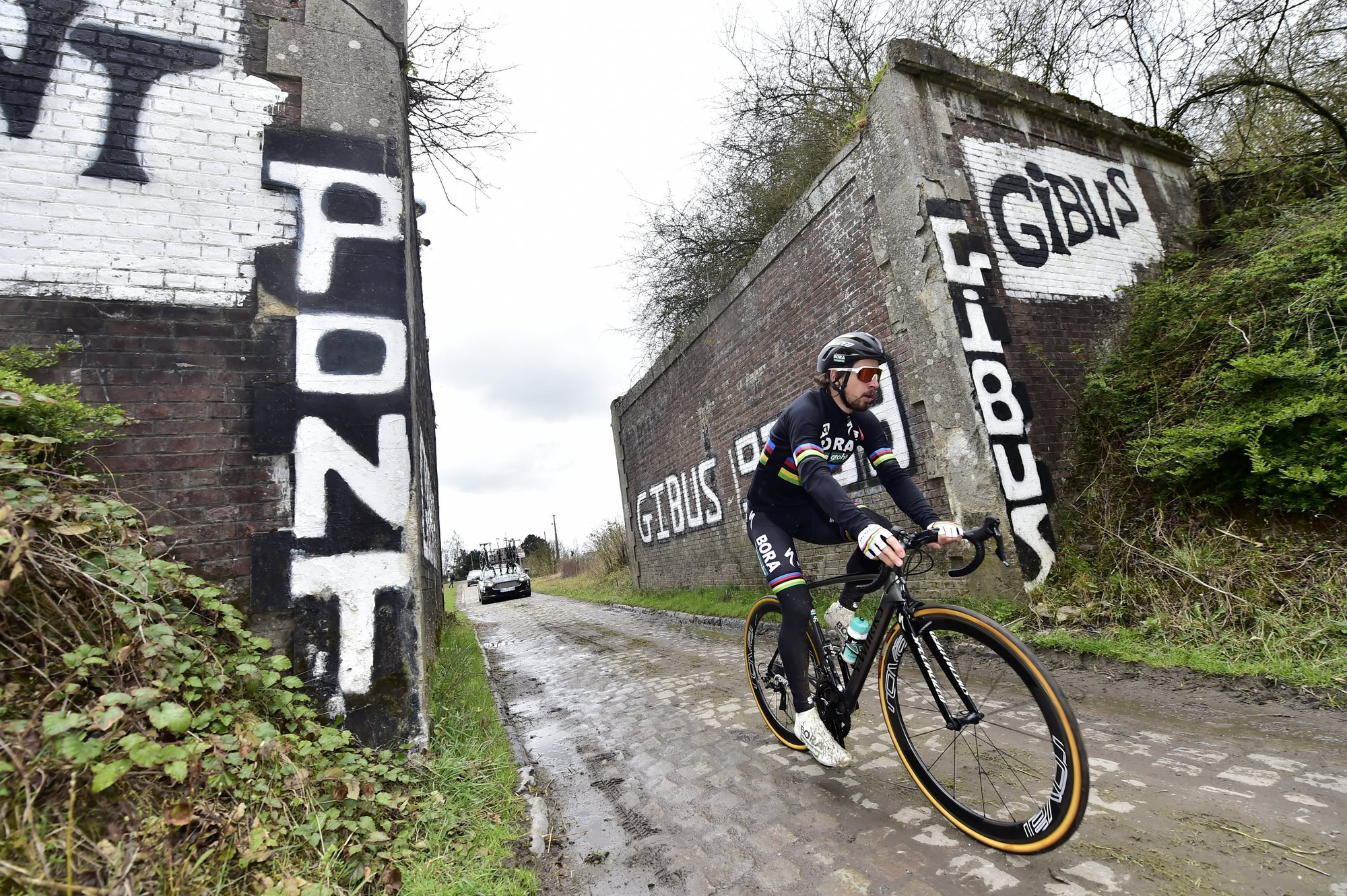
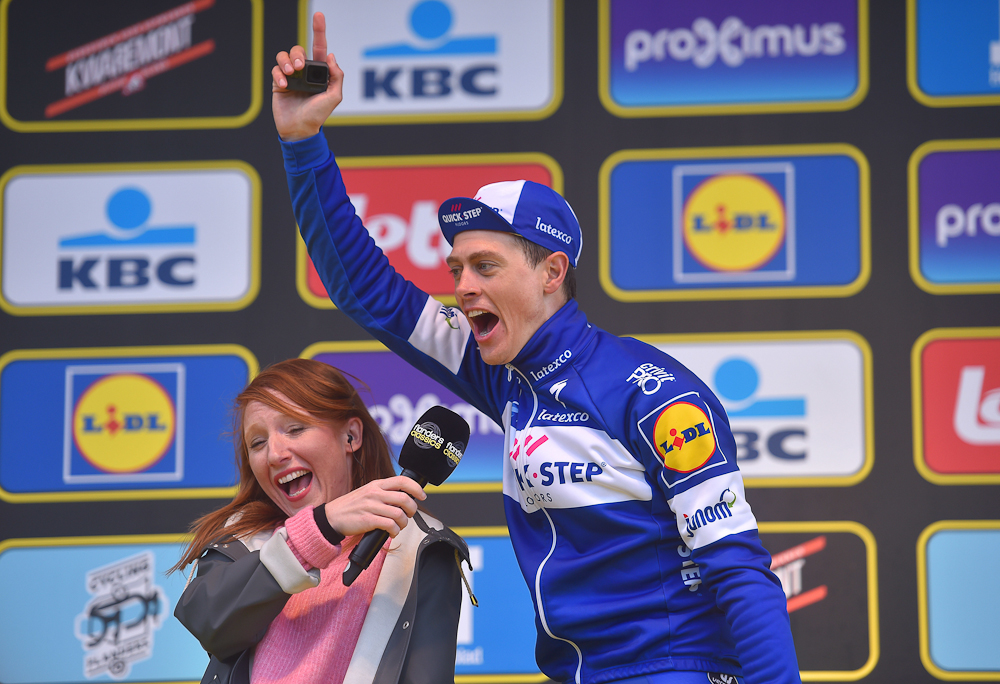

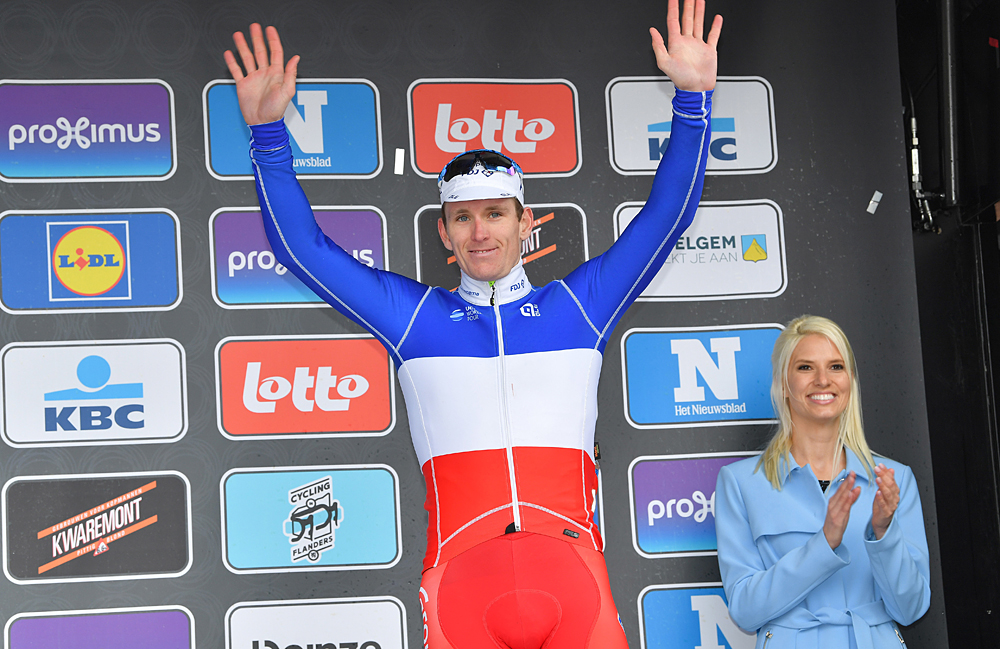
A Sunday in Hell will hardly seem all that daunting in the midst of a Spring in Paradise for Quick-Step Floors. The team's startling dominance has been almost total in recent weeks, and the men in blue will again be favoured to take the honours as the curtain comes down on the cobbled Classics campaign at Paris-Roubaix.
Tom Boonen: The rise of a legend in Paris-Roubaix 2002 - Podcast
Paris-Roubaix: 29 cobble sectors rated
Marc Madiot blog: Philippe Gilbert has the key to Quick-Step's Paris-Roubaix victory
Van Avermaet ready to defend Paris-Roubaix title
Paris-Roubaix reconnaissance - Gallery
Terpstra: Paris-Roubaix is a nasty race and that's why I love it
At the time of writing, Quick-Step have amassed some 23 victories from nine different riders on four continents and a variety of terrains since the beginning of 2018, a sequence of success that draws comparisons with the supremacy of the old Mapei team at this point on the calendar in the late 1990s.
The cobbled Classics, of course, have always been the raison d'être of Patrick Lefevere's teams, and his gang of four of Niki Terpstra, Philippe Gilbert, Zdenek Stybar and Yves Lampaert bears obvious comparison with the Italo-Belgian solar system that orbited Johan Museeuw two decades ago.
Terpstra, solo winner of both the Tour of Flanders and E3 Harelbeke in recent weeks, has been tipped to repeat his 2014 Paris-Roubaix victory by his old teammate Tom Boonen, who also suggest the Dutchman was the most naturally gifted performer on the cobbles in the current peloton.
The tumult of Paris-Roubaix means that a preordained strategy is often rendered moot – everyone has a plan until they fall off in the Arenberg forest, to paraphrase Mike Tyson – and the strength of this current iteration of Quick-Step is that they can rally behind whichever of their riders finds himself in front. They may be leaderless, but they are never rudderless.
Gilbert has played a man-marking role behind Terpstra in recent weeks, but he is returning to Paris-Roubaix for the first time since 2007 as part of a bid to win all five Monument Classics, and he will loathe to get caught behind on policing duties this time around. Stybar, meanwhile, was second a year ago, and has been a quietly reliable performer in the Hell of the North. He enters the race with less fanfare than the others on Quick-Step's line-up, and may be all the more dangerous as a result.
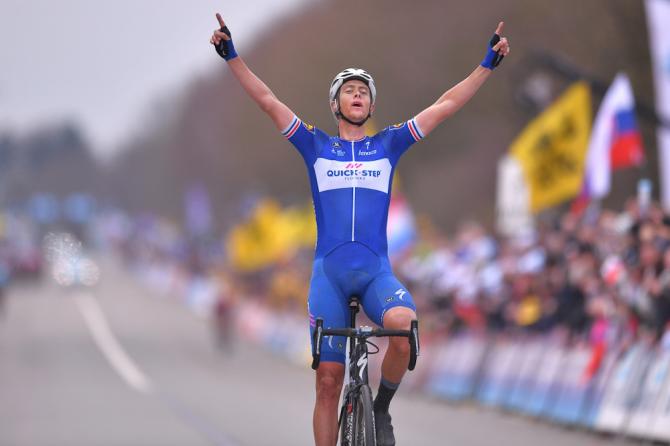
Sagan and Van Avermaet lead the challenge
And yet, and yet… For all the fanfare surrounding Quick-Step's mastery of the cobbles, Paris-Roubaix is a notorious leveller. Who, for instance, would have backed Mat Hayman to out-sprint Boonen on the velodrome two years ago, Stuart O'Grady to hold on from an early escape in 2007, or Frédéric Guesdon to surprise all back in 1997?
Only three weeks ago, meanwhile, this Classics campaign was being billed by some as a duel between world champion Peter Sagan (Bora-Hansgrohe) and Olympic champion Greg Van Avermaet (BMC Racing Team). Neither man has scaled the same heights as the past two seasons, true, but they have both been consistently present at the front end of the action, and this Sunday might be the day the cards finally fall into place.
Sagan already has Gent-Wevelgem to his name this spring, though he was underwhelming at the Tour of Flanders, and his complaints of heavy marking in the finale rang rather hollow. It would be perhaps have been more pertinent to ask himself why he had earlier delegated teammate Daniel Oss to work for so long on the front of a group that contained Quick-Step's four leaders. The Slovak's record in Paris-Roubaix is mixed, with 6th place in 2014 his best showing, but perhaps he is due a clear run after ill fortune in his past two attempts.
Defending champion Van Avermaet has been clearly short of his sparkling condition of 2017, but perhaps not quite as far off as the results suggest. If he can avoid being outmanoeuvred by Quick-Step's numerical strength ahead of the finale, his finishing sprint makes him an obvious threat from a group of any size.
Oliver Naesen (AG2R La Mondiale) has endured an ill-starred Classics campaign, but is still standing despite a litany of crashes, while there is something of Franco Ballerini about Sep Vanmarcke (EF-Drapac), who always seems more stylish on pavé than on smooth asphalt.
Arnaud Démare (Groupama-FDJ) was left miffed by his exclusion from Scheldeprijs in midweek, but he has pieced together a decent body of work this spring. The Kwaremont proved a hill too far at the Tour of Flanders, but Paris-Roubaix lends itself more obviously to his skills, and rivals have quietly noted his form in recent weeks.
It will be fascinating to see what Danish champion Mads Pedersen (Trek-Segafredo) can achieve after a gutsy second place at the Tour of Flanders that put one in mind of the calling card left by a similarly youthful Boonen at Paris-Roubaix in 2002. Jasper Stuyven was in the winning move a year ago, and has been solid this Spring, but 2015 winner John Degenkolb has struggled thus far.
Geraint Thomas, in his first cobbled race of the year, is an intriguing presence in Sky's line-up, though Gianni Moscon – fifth a year ago – Dylan van Baarle and Luke Rowe are perhaps more realistic contenders. Ian Stannard has endured a subdued Spring, but this is the Classic that suits him best of all.
Mitchelton-Scott have a decent trio in the shape of 2016 winner Hayman, Matteo Trentin and Luke Durbridge, while Michael Valgren (Astana) underscored his quality with 4th at the Tour of Flanders. Outsiders include Alexander Kristoff (UAE-Team Emirates), Edvald Boasson Hagen (Dimension Data), Mike Teunissen (Sunweb), and Heinrich Haussler (Bahrain-Merida), who is enjoying his first injury-free spring in some time.
The most obvious dark horse of all, however, is Wout van Aert (Willems Veranda's-Crelan), the cyclo-cross world champion who has defied all logic in his maiden Classics campaign on the road. He surprised with third place at Strade Bianche, but has looked most assured in elite company ever since. 9th place at the Tour of Flanders proved that he has the distance as well as the explosiveness and technical skills. His first jaunt over the Hell of the North will be worth following closely.
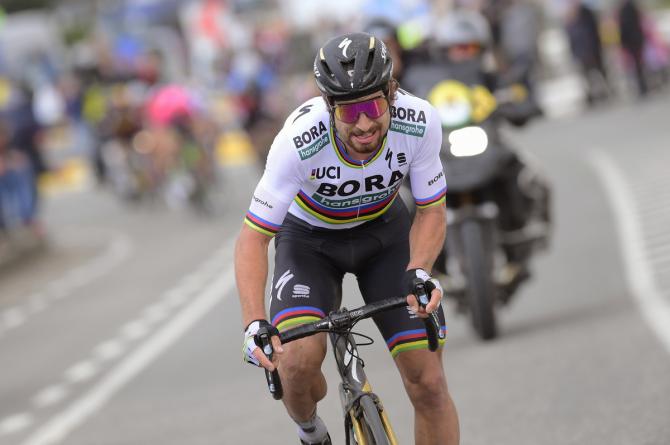
The route
Paris-Roubaix organisers the ASO have hit on a formula that they like and have opted to keep the route all much the same for the 2018 edition, with a few small tweaks. Some 257 kilometres and 29 cobbled sectors, adding up to 55km of the rough stuff, lies in front of the riders between Compiegne and Roubaix this Sunday.
Race director Christian Prudhomme has paid a visit to the cobbles and rated the cobbles, giving the Trouée d'Arenberg, Mons-en-Pévèle and the Carrefour de l'Arbre given the highest rating of five stars. There will be a big fight for the front of the bunch as the riders begin a relentless series of cobbled roads, only briefly separated by smooth tarmac that will feel like silk after the punishing stones.
The riders will have 93 kilometres before they have to see their first stretch of pavé at Troisvilles, which celebrated the 30-year anniversary of its first appearance in Paris-Roubaix last year. It is the traditional entry point for the peloton into the cobbles. The race is expected to be predominantly dry, but showers could happen and the puddles left by the showers earlier in the week may well still be there; an added challenge in an already difficult race.
Troisvilles and the subsequent two sectors at Briastre and Saint-Python have all been given a three-star rating with sector 26 at Quiévy the first with a four-star difficulty rating. The sectors come thick and fast until the infamous Trouée d'Arenberg after 162 kilometres. After being removed in 2005, the 2.4km stretch of pave was restored and brought back. While large amounts of money were spent to upgrade it, the passage through the Arenberg forest is fast, brutal and no less daunting.
It comes just under 100 kilometres from the finish line, but it is likely to end the chances of a few hopefuls. Crashes are highly common here and there is nowhere soft to land if you take a tumble. A puncture could also just as easily put you out of contention with a potentially long wait for a new wheel.
The bunch will be considerably smaller at the other side of the forest and the main group of contenders will begin to emerge. Some that lost out may be able to get back on, but a lengthy chase lies ahead of them. The Trouée d'Arenberg is just sector 19 and another 18 still lie ahead with a mixture of difficulty ratings still to come between one and five.
Mons-en-Pévèle, where Sagan set to trying to destroy the leading group, is the next five-star section eight sectors later. The three-kilometre stretch is uneven, even by Paris-Roubaix standards, is extremely narrow at points and features a 16m climb plus two sharp turns. Make it through here at the front and you've still got 50 kilometres to the finish line and another 10 sectors remaining.
From sector seven at Cysoing to the sector 4 Carrefour de l'Arbre with 17 kilometres to go, there is barely a bit of tarmac between each stretch of cobbles that will break down the remaining leaders bit by bit. The riders will already be exhausted at this stage but this series of four sectors will have them on their knees.
The 1.1km two-star Gruson and the 1.4km three-star Willems a Hem are the final two significant sectors of pave and the last big opportunity to dispatch with your rivals on the road to Roubaix. Less than 10 kilometres remain after sector two with only a short run of cobbles in Roubaix remaining. With a sprint finish not desirable for many in the pack, the attacks will be relentless on the road into the velodrome. The crowd will erupt as riders enter the velodrome for two laps of the short track, but will the winner come alone or will we see a group battle it out for the cobble trophy? Only Sunday will give us the answer.
The latest race content, interviews, features, reviews and expert buying guides, direct to your inbox!
Latest on Cyclingnews
-
Giro d'Italia Women abandons: All of the riders who have left the 2025 race so far
Race is down to 140 riders heading into the sixth stage -
Why is Jonas Vingegaard the only rider on his team to wear a red helmet at the Tour de France?
The Visma-Lease a Bike team leader is the only one wearing the red and white Giro helmet -
Lauren Stephens fully committed to Aegis Foundation Cycling women's team as it heads toward 2026 rebrand as Next Step Racing
'I've always wanted to start a team' says two-time US gravel national champion who targets first-time appearance at Leadville Trail 100 MTB in August -
Amazon Prime Day Bike Deals Live: 33% off Garmin computers, Electric pumps and Tacx smart trainers
Deals on Canyon electric bikes, Adidas shoes, AirPods and more. Day three of Amazon Prime Day is here, and the sale is heating up
